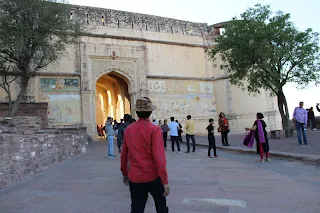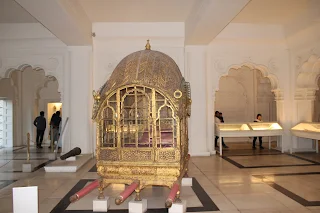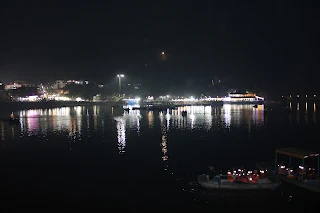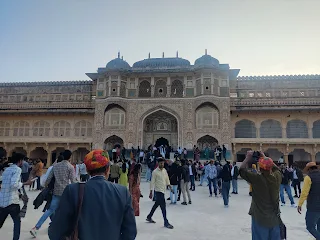Our Shillong
Tour
In my earlier post “Our Planning for Meghalaya Tour” [https://post-retirementlife.blogspot.com/2024/05/our-planning-for-meghalaya-tour.html] I
mentioned about my detail plan of Meghalaya Tour in advance taking into consideration
the information on tourist spots, availability of transport facilities and
whether conditions. In that post, I not only explained our tour plan but also
its implementation. In this post, I would like to share my experience on my
travel to Shillong from Guwahati Airport and the places visited in Shillong.
After arrival at Guwahati Airport, we enquired from the counter of
Meghalaya Tourism Development Corporation (MTDC) regarding availability of Cab
to Shillong and its reasonable fare. From the counter of MTDC we came to know
that cab generally charges Rs.3000.00 for hiring full cab to Shillong. I also
came to know that we can hire cab on sharing basis. Inside Guwahati Airport
there is a counter of MTDC. After getting out of Airport, we hired a cab on
sharing basis for which we had to wait for another passenger to share the cab.
3. It was a very pleasant
journey from Guwahati to Shillong. There was a stretch of few kilometers where
the road is on the border of two states i.e. Assam and Meghalaya. Kamrup
District of Assam is on the left side of the road whereas Ri-Bhoi District of Meghalaya
is on the right side of the road. We enjoyed watching beautiful sceneries of
Assam and Meghalaya on both the side of the road during part of the journey to
Shillong. We took lunch at Nongpoh on the way to Shillong. Nongpoh is the Administrative Centre of Ri-Bhoi District of Meghalaya. We reached Hotel Polo
Tower, Shillong at 2.00 pm.
4.
After checking in to the hotel room, we first moved to MTDC office
for booking tickets of conducted tours. Thereafter we visited Ward’s Lake.
Locally Ward’s Lake is known as Nan-Polok and is horseshoe shaped. It is also
known as Pullock Lake. Ward’s Lake is named after Wiiliam Ward, a Chief
Commissioner during British Rule. This lake is more than 100 years old located
near Raj Bhawan and is nearer to the central location of Shillong. There is an
entry fee of Rs.20 per person and the entry is allowed from 8.00 am to 5.00 pm.
The lake is surrounded by beautiful garden with flower beds. It is very
pleasant to walk along the pathway surrounding the lake. There is a boating
facility. One can enjoy boating. Grassy slopes near the lake provides a serene
lakeside resting place. Wooden bridge on the lake is another attraction of this
lake. Traditional dresses for both man and woman are available on hire for
photoshoot purpose on payment of Rs.100 per dress. You will see beautiful swans
either swimming in the lake or walking on the sides of the lake. Thrashes used
in Ward's Lake are conical in shape and made from bamboos. We have taken a
complete round of Ward's lake surrounded by beautiful trees and flower plants.
This time we could not do boating in the lake. We have enjoyed our evening by
sitting on the bench facing the lake. There are sufficient seating arrangements
surrounding the lake.















































